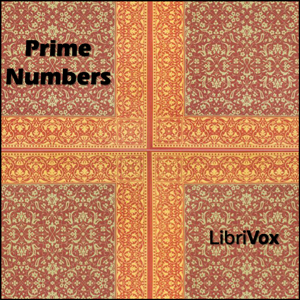- Preface, Contents, and Introduction
- The elements of geometry and the five groups of axioms
- Group I: Axioms of connection
- Group II: Axioms of Order
- Consequences of the axioms of connection and order
- Group III: Axioms of Parallels (Euclid's axiom)
- Group IV: Axioms of congruence
- Consequences of the axioms of congruence
- Group V: Axiom of Continuity (Archimedes's axiom)
- Compatibility of the axioms
- Independence of the axioms of parallels. Non-euclidean geometry
- Independence of the axioms of congruence
- Independence of the axiom of continuity. Non-archimedean geometry
- Complex number-systems
- Demonstrations of Pascal's theorem
- An algebra of segments, based upon Pascal's theorem
- Proportion and the theorems of similitude
- Equations of straight lines and of planes
- Equal area and equal content of polygons
- Parallelograms and triangles having equal bases and equal altitudes
- The measure of area of triangles and polygons
- Equality of content and the measure of area
- Desargues's theorem and its demonstration for plane geometry by aid of the axiom of congruence
- The impossibility of demonstrating Desargues's theorem for the plane with the help of the axioms of congruence
- Introduction to the algebra of segments based upon the Desargues's theorme
- The commutative and associative law of addition for our new algebra of segments
- The associative law of multiplication and the two distributive laws for the new algebra of segments
- Equation of straight line, based upon the new algebra of segments
- The totality of segments, regarded as a complex number system
- Construction of a geometry of space by aid of a desarguesian number system
- Significance of Desargues's theorem
- Two theorems concerning the possibility of proving Pascal's theorem
- The commutative law of multiplication for an archimedean number system
- The commutative law of multiplication for a non-archimedean number system
- Proof of the two propositions concerning Pascal's theorem. Non-pascalian geometry
- The demonstation, by means of the theorems of Pascal and Desargues
- Analytic representation of the co-ordinates of points which can be so constructed
- Geometrical constructions by means of a straight-edge and a transferer of segments
- The representation of algebraic numbers and of integral rational functions as sums of squares
- Criterion for the possibility of a geometrical construction by means of a straight-edge and a transferer of segments
- Conclusion
- Appendix
The German mathematician David Hilbert was one of the most influential mathematicians of the 19th/early 20th century. Hilbert's 20 axioms were first proposed by him in 1899 in his book Grundlagen der Geometrie as the foundation for a modern treatment of Euclidean geometry.
Hilbert's axiom system is constructed with six primitive notions: the three primitive terms point, line, and plane, and the three primitive relations Betweenness (a ternary relation linking points), Lies on (or Containment, three binary relations between the primitive terms), and Congruence (two binary relations, one linking line segments and one linking angles).
The original monograph in German was based on Hilbert's own lectures and was organized by himself for a memorial address given in 1899. This was quickly followed by a French translation with changes made by Hilbert; an authorized English translation was made by E.J. Townsend in 1902. This translation - from which this audiobook has been read - already incorporated the changes made in the French translation and so is considered to be a translation of the 2nd edition.
Hilbert's axiom system is constructed with six primitive notions: the three primitive terms point, line, and plane, and the three primitive relations Betweenness (a ternary relation linking points), Lies on (or Containment, three binary relations between the primitive terms), and Congruence (two binary relations, one linking line segments and one linking angles).
The original monograph in German was based on Hilbert's own lectures and was organized by himself for a memorial address given in 1899. This was quickly followed by a French translation with changes made by Hilbert; an authorized English translation was made by E.J. Townsend in 1902. This translation - from which this audiobook has been read - already incorporated the changes made in the French translation and so is considered to be a translation of the 2nd edition.
There are no reviews for this eBook.
There are no comments for this eBook.
You must log in to post a comment.
Log in











